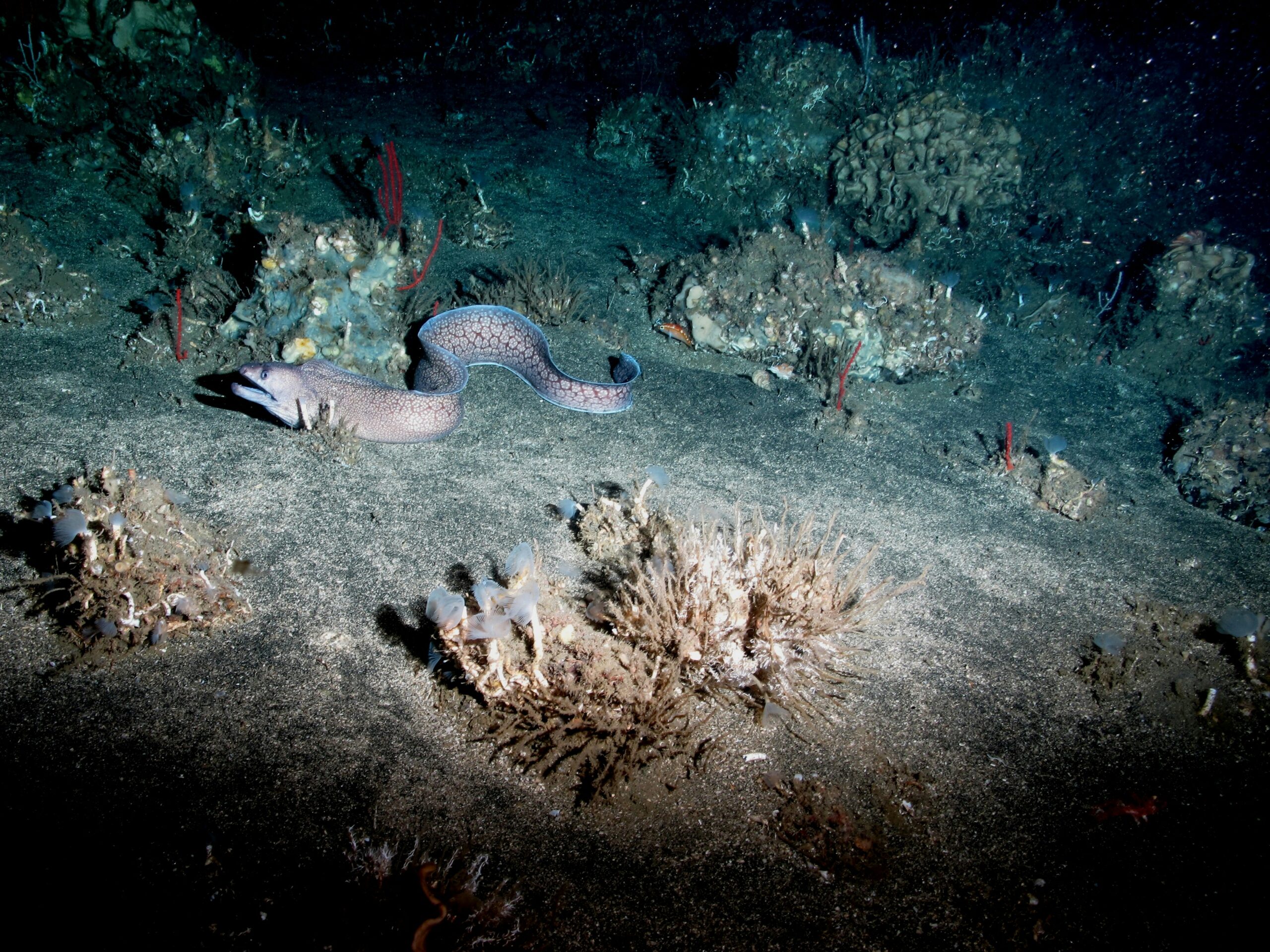Photo by NOAA
Scotland has announced new restrictions on bottom trawling across offshore Marine Protected Areas, representing what officials describe as a “major milestone” in marine protection, though environmental groups have criticised the measures for deliberately leaving the most heavily fished areas open.
The fisheries management measures, coming into effect from 16th October, cover twenty MPAs in offshore waters between 12 and 200 nautical miles from the Scottish coast and include around 60,000km² of new protections through a mix of full-site and partial closures.
Government hails collaborative approach
Cabinet Secretary for Climate Action Gillian Martin described the measures as addressing “the twin crises of biodiversity loss and climate change.” She said: “Scotland’s seas are an integral part of our national identity, and this is a major milestone in protecting our marine environment. With these new protections in place, Scotland’s marine environment will be better equipped to support thriving marine industries, protect food security and secure the ecosystem services that we all rely on.”
The Scottish Government emphasised that measures were “developed through collaboration with industry, scientists, environmental organisations and communities and are based on the best available evidence.”
Declan Tobin, Joint Nature Conservation Committee Marine Species Team Leader, called it “a landmark moment for MPA protection, following fifteen years of collaboration.”
Fishing industry welcomes balanced approach
The Scottish Fishermen’s Federation welcomed the announcement, supporting what they see as a balanced approach to protecting biodiversity whilst maintaining sustainable fishing opportunities. The measures were developed with industry input and aim to restrict certain fishing activities, particularly bottom-towed gear that could damage sensitive habitats.
Environmental groups highlight significant gaps
However, environmental campaigners have raised serious concerns about the scope and effectiveness of the partial protections. Oceana UK’s Director of Policy and Research, Alec Taylor, acknowledged the measures as “excellent progress” but criticised them for falling “short of the whole-site protections that Oceana UK and many others have been calling for.”
Taylor revealed that “the partial protections consistently and deliberately leave open the areas most trawled” and noted that “when you dig into the documents, the Scottish Government actively admit this in seeking to minimise the industry impacts.”
Scientific advice overruled in controversial sites
Oceana argue that many of the final measures go against advice from the Joint Nature Conservation Committee (JNCC), the Scottish Government’s own scientific advisors. For two sites, including Central Fladen MPA, Oceana claim that the government took the unusual step of seeking opinion from the Chief Scientific Advisor to justify keeping areas open to fishing.
Taylor described this as “a worrying level of reverse-engineering to fit a pre-determined outcome that is not just ecologically dubious, but legally questionable.”
Broader context of UK marine protection
Combined with proposed protections for English offshore MPAs, around 10% of UK seas could be safeguarded from bottom trawling for the first time. Taylor noted that “the UK is finally waking up to fact that it is no longer politically, publicly or scientifically acceptable to allow this damaging activity in the sites we are trying to protect for nature.”
Focus turns to inshore waters
Despite the offshore progress, campaigners emphasised that 90% of offshore MPA seabed is now safeguarded from trawling, but attention must turn to inshore waters where bottom trawling is currently allowed in 92% of sites.
Blue Marine’s Joe Richards urged: “We urge the Scottish Government to match this impressive ambition in the offshore by implementing strong protection measures in inshore marine protected areas. Inshore protection is beneficial to marine life, climate, and small-scale fishers and has the strong support of the Scottish public.” A consultation on similar fisheries management measures for inshore waters is expected in November.
The measures represent a significant step forward in Scottish marine protection, though the tension between full ecological protection and fishing industry concerns continues to shape policy implementation. The effectiveness of partial protections in delivering marine ecosystem recovery will likely be closely monitored as Scotland moves towards its inshore waters consultation.
